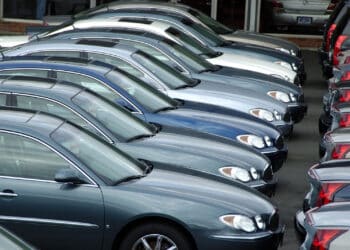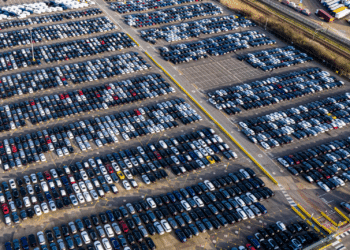Tesla’s Accounting Changes Muddle Captive’s Results

Tesla Financial Services reported growth in its leasing portfolio, but because of an accounting change, it showed large declines over the last year, according to the company’s second-quarter earnings released today.
Not adjusting for the accounting change, Tesla reports a 17% year-over-year increase in its lease portfolio to $4.2 billion outstanding. Yet, accounting for the change in reporting, Tesla’s lease portfolio is down 36% year over year to $2.3 billion.
Why such a large discrepancy? Tesla has long guaranteed resale value for vehicles leased by third-party lenders, such that after the lease period has ended, consumers will get a credit towards their trade in should the vehicle’s value depreciate below a specified percentage. However, beginning last January, Tesla adjusted how it tracks revenue for these types of leases, causing the portfolio to decline.
Specifically, the accounting change instantly lowered lease balances by $1.8 billion. Therefore, year-over-year comparisons are not accurate assessments of the captive’s portfolio. Lease balances are down 1.4% compared with the first quarter and across comparable accounting metrics, but quarterly comparisons are more malleable to seasonal changes.
“We plan to continue expanding our financing offerings, including our lease financing options and the financial sources to support them, and to support the overall financing needs of our customers,” the company noted in the 2Q report. “To the extent that we are unable to arrange such options for our customers on terms that are attractive, our sales, financial results and cash flows could be negatively impacted.”
Tesla Financial Services does not provide leasing for its latest unit, the Model 3.
As more Tesla vehicles come off lease, the company’s used sales and financing will become a “significant portion” of the OEM’s business.
“Used car sales, in particular, are growing rapidly and are becoming more profitable,” Tesla wrote in the report. “A vast majority of our customers coming off lease are either obtaining a new Tesla or keeping their existing car, which is well above industry best-in-class.















